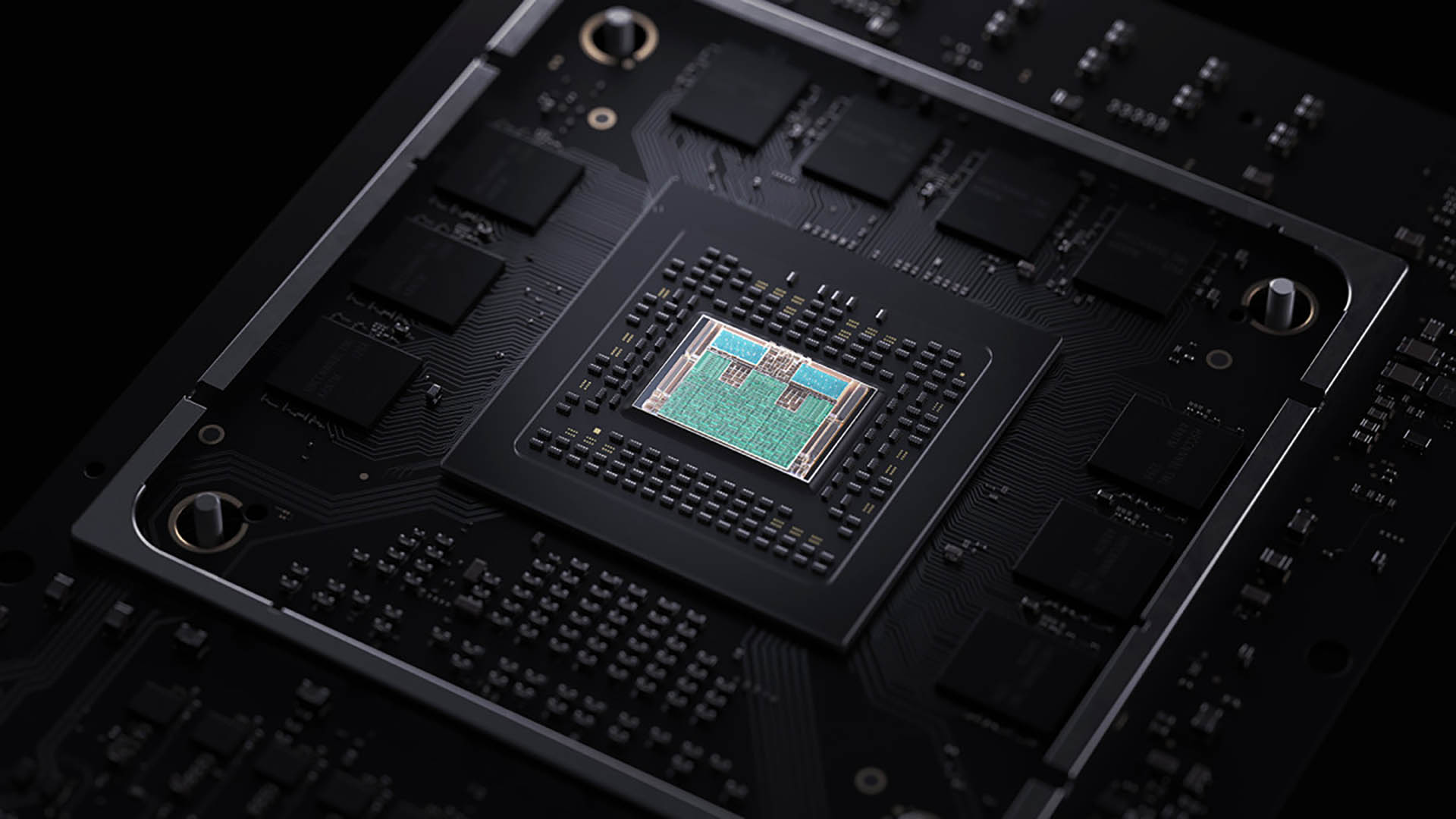From leaked court documents we now know that Microsoft dreamed up a “cloud hybrid” games console. One that would harness both the power of a local AMD Zen 6 or ARM CPU, a Navi 5 semi-custom GPU, and a cloud gaming platform to deliver “new levels of performance beyond the capabilities of the client hardware alone.”
Accidentally appended to court documents in the FTC v. Microsoft case, we know Microsoft did, at one time, envisage such a device from slides included in the leaked files (via The Verge). Also that the company intended to reach this vision of “cloud hybrid games” with its next-gen console in 2028.
One image included in the documentation is a slide titled “the journey has already started…”, which outlines the exact milestones needing to be reached in order to hit that late 2028 launch window. This includes a decision on Arm64, penned in for later 2022, assumedly on whether to bother using an ARM-based processor or to stick with tried and tested x86. An ARM-based Xbox would surely be a sight to behold, but perhaps an unlikely one?
Xbox boss Phil Spencer has since played down the documents on X, as you’d expect, saying that “so much has changed” since these documents were created. Spencer also notes in an internal memo that “when we’re ready, we’ll share the real plans with our players.”
Let’s be realistic, anyways. We’re talking about a console launch potentially half a decade away, if not more. Details can and will change, leak or no leak.
Whether this exact vision comes to pass, well, I’d say we usually end up with something a little more watered down when it comes to a shipping product anyways. Remember the Xbox One reveal? That thing was a souped up Fire Stick for at least a month after its announcement, and that all very quickly made way for a more traditional gaming console soon after, albeit a pretty ‘meh’ one.
(Image credit: Microsoft)
Nevertheless, the leaked slides are a good glimpse at how the sausage is made. For the console’s silicon, research begins a whole six years before the final stage of validation ahead of release. An initial dev kit is noted across late 2026 into early 2027. A final dev kit comes later that year before heading to the final mass assembly stage through 2028. Game production, on the other hand, begins as early as 2023.
(Image credit: Microsoft)
Though there are already games that use this sort of hybrid cloud-local mix, such as Microsoft Flight Simulator, a game that introduced many systems for offloading parts of a game to a server in the cloud, including maps and real-time weather effects, and even Crackdown 3. Apps are already trending towards this sort of computing vision, too. Just take Adobe Photoshop, you can use its smartest features either accelerated locally, on your own chip, or through the cloud for more detailed results. You can bet that both Microsoft and Sony will be looking into how to best utilise the cloud on their next-gen consoles. Still, it’s likely that hybrid is the way forward, and our gaming machines won’t entirely disappear into the cloud just yet.
A big part of any next-gen console will also be AI. And you can be sure there was a whole slide dedicated to that in the leaked documents. There are heaps of potential AI and machine learning use cases mentioned on the slide, including super resolution (which already exists in some form on current Xbox consoles), matchmaking and player ranking, AI game testing, procedural content generation, dialogue generation, engagement and retention management, safety and toxicity services, personalisation services, and a fair bit more.
(Image credit: Microsoft)
(Image credit: Future)
Best gaming PC: The top pre-built machines.
Best gaming laptop: Great devices for mobile gaming.
Even if Xbox’s plans have changed, I don’t expect any less reliance on AI and machine learning for any next-gen console currently cooking up.
The leaked slides also named a new Xbox controller, codename Sebile, and reported a disc-less version of the Xbox Series X.
How much of the next-gen console described in the documents we will see come the time when Microsoft decides to announce such a thing, we just don’t know. A lot of what is describe is very top-level: AI acceleration and high-level cloud computing integration in a console in 2028? An Xbox console built on contemporary AMD silicon? You could’ve guessed as much.
Still, as an exercise in seeing how a console goes from concept to product, it’s a neat, rare glimpse behind the curtain.










